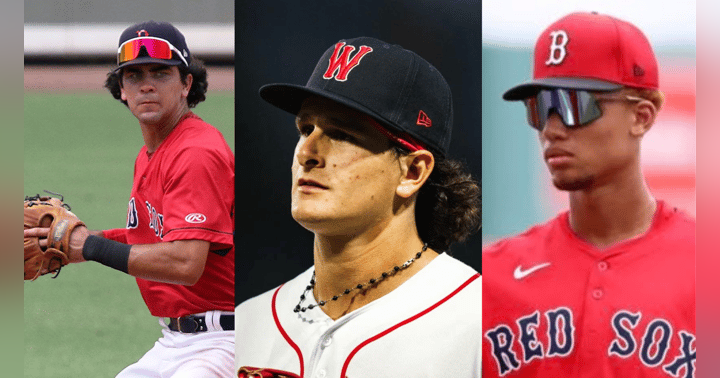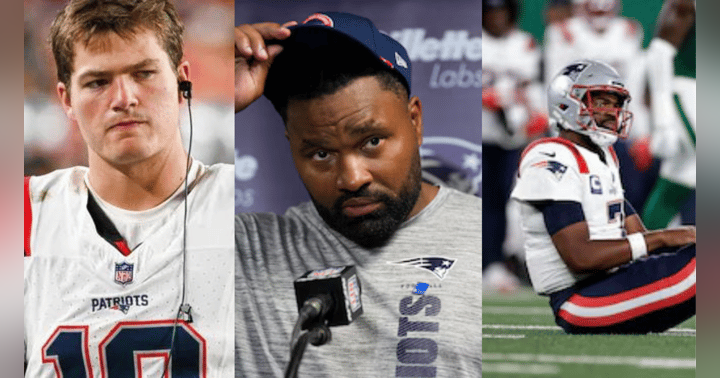Carlos Correa Signs Shock $315 Million Deal with New York Mets After Giants Deal Falls Through
On Tuesday night, baseball fans around the country were under the impression that free agent Carlos Correa was set to join the San Francisco Giants and has agreed to a massive 13-year, $350 million deal with the Giants. But in a shocking turn of events, the deal fell apart due to concerns that arose during Correa's physical examination, leading the shortstop to sign a 12-year, $315 million contract with the New York Mets in the middle of the night.
This move was a surprise to many, not just because of the sheer size of the contract but also because the Mets had already agreed to a significant deal with shortstop Francisco Lindor, who was traded to the team in 2020 after spending over six years with the Cleveland Guardians. It seems that Correa will be moving to third base for the Mets.
The signing of Correa is just the latest in a series of significant moves made by the Mets' new owner, Steve Cohen, a hedge fund manager with an estimated net worth of over $15 billion. From the moment he took over the team in 2020, it was clear that Cohen was willing to spend whatever it took to make the Mets competitive in the short and long term. Many fans and experts speculated that Cohen's wealth would lead him to make rash decisions when it came to spending, but so far, he has shown a calculated approach to building a winning team.
The Mets have made several significant acquisitions this offseason that signal their intention to compete in the upcoming season. In addition to Correa, the team has also signed starters Justin Verlander, Kodai Senga, and Jose Quintana, re-signing outfielder Brandon Nimmo and relievers Edwin Diaz and Adam Ottavino. They have also added catcher Omar Narvaez and reliever David Robertson to their roster. With these moves, the Mets have assembled a strong core of players that should put them in an excellent position to contend in the competitive National League East.
However, it's worth noting that the Mets did lose two-time Cy Young winner Jacob DeGrom to the Texas Rangers, who signed him to a five-year, $185 million contract with an opt-out clause after three seasons and a potential sixth year worth $222 million. In addition, the Rangers have made several significant signings in the past two offseasons, including shortstop Corey Seager for ten years at $325 million and second baseman Marcus Semien for seven years at $175 million. These moves show that the Rangers are also serious about competing in the upcoming season. The battle for supremacy in the American League West should be interesting to watch.
Where does Correa's contract rank among the most significant contracts in Major League Baseball history? It comes in at number 10, with the top nine beings: Mike Trout ($426.5 million with the Angels from 2019-30), Mookie Betts ($365 million with the Dodgers from 2021-32), Aaron Judge ($360 million with the Yankees from 2023-31), Francisco Lindor ($341 million with the Mets from 2022-31), Fernando Tatis ($340 million with the Padres from 2021-34), Bryce Harper ($330 million with the Phillies from 2019-31), Giancarlo Stanton ($325 million with the Marlins/Yankees from 2015-27), Corey Seager ($325 million with the Rangers from 2022-31), and Gerrit Cole ($324 million with the Yankees from 2020-28).
It's clear that the New York Mets are pushing to become a top contender in the league, and with the signings of players like Carlos Correa and Francisco Lindor, they have made a statement. Whether or not these moves will pay off remains to be seen, but one thing is sure: the Mets are going all-in this offseason, and it will be interesting to see how it all plays out.
Before 2020, it would have been highly unusual for a player to sign a contract of this length and value. However, the contracts signed by players over the last few years demonstrate that this is becoming more common in Major League Baseball, locking up stars in their primes so teams can have them through their entire peak, regardless if they have to pay them the same amount of money in their inevitable decline as they age. Some examples of these large contracts include Julio Rodríguez's 13-year, $210 million deal with the Mariners (2023-2035), Fernando Tatis Jr.'s 14-year, $340 million warranty with the Padres (2021-2034), Xander Bogaerts' 11-year, $280 million deal with the Padres (2023-33), Trea Turner's 11-year, $300 million contract with the Phillies (2023-33), Mookie Betts' 12-year, $365 million deal with the Dodgers (2021-2032), Wander Franco's 11-year, $182 million contract with the Rays (2022-32), Bryce Harper's 13-year, $330 million deal with the Phillies (2019-31), Corey Seager's 10-year, $325 million contract with the Rangers (2022-31), Francisco Lindor's 10-year, $341 million deal with the Mets (2022-31), Mike Trout's 10-year, $360 million contract with the Angels (2021-30), Manny Machado's 10-year, $300 million deal with the Padres (2019-28), Giancarlo Stanton's 13-year, $325 million contract with the Marlins (2015-27), and Robinson Canó's 10-year, $228.26 million deal with the Mariners (2014-23). Overall, teams seem increasingly willing to make long-term investments in top players, even if it means committing to them for a decade or more. Whether or not this gamble pays off remains to be seen, but it's clear that the Mets are putting a lot of trust in their new star shortstop.
In addition to the signings of Correa and Lindor, the Mets have made several other moves this offseason that show their commitment to building a winning team. The acquisition of starters Justin Verlander, Kodai Senga, and Jose Quintana give the team a strong rotation, while the re-signing of Brandon Nimmo, Edwin Diaz, and Adam Ottavino adds depth and experience to the bullpen. The additions of Omar Narvaez and David Robertson also strengthen the team's catching and relief pitching, respectively.
Overall, the Mets have made several bold moves this offseason, and they are hoping these acquisitions will put them in a position to compete for a playoff spot in the upcoming season. While it's always tricky to predict how a team will perform in the future, the Mets have certainly put themselves in an excellent position to succeed with their moves. Of course, only time will tell whether or not these moves pay off, but for now, Mets fans can be excited about the direction the team is heading.


